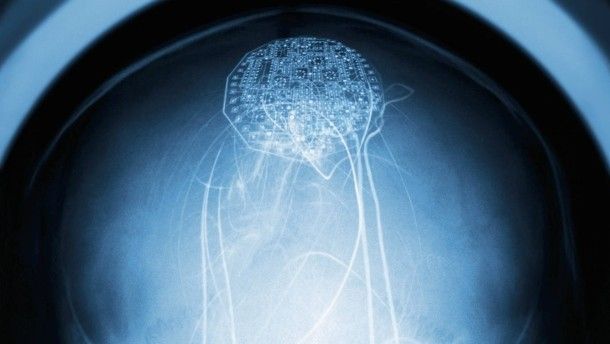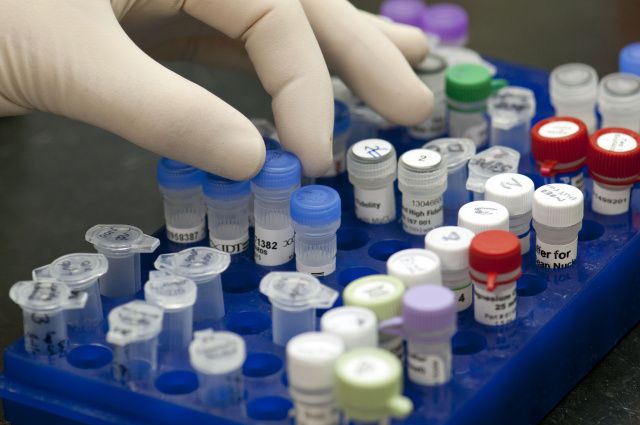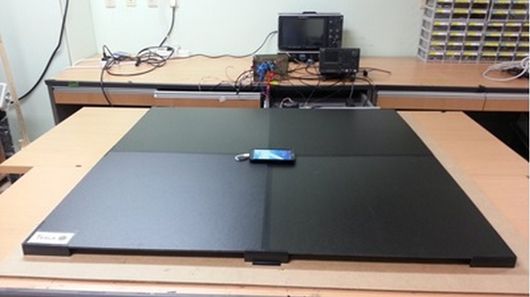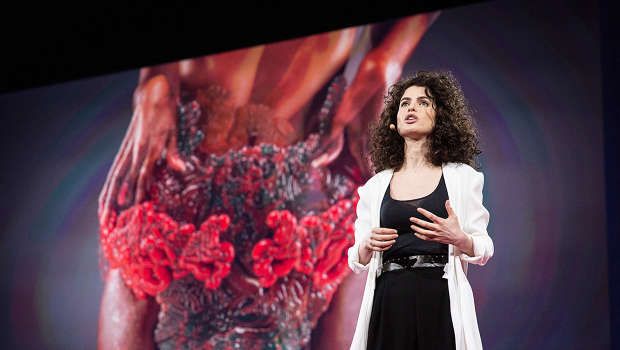A patient’s set to undergo the world’s first head transplant. Here’s what’s involved. Read more: http://bit.ly/1FYP4Ep.
Get the latest international news and world events from around the world.

Transhumanismus: Bring mir den Kopf von Raymond Kurzweil!
A full Sunday feature on transhumanism (with mentions of Transhumanist Parties) in one of Germany’s largest papers (circulation 400,000): http://www.faz.net/…/transhumanismus-bring-mir-den-kopf-von… and the English: http://translate.google.com/translate…

Some new ideas for fixing science — Cathleen O’Grady | Ars Technica
“It’s much easier to replicate experiments and catch fraud if you have access to the original data. Some journals currently reward researchers for sharing the data that they used in an experiment. In the highest level of this new framework, data sharing would not only become compulsory, but independent analysts would conduct the same tests on it as those reported by the researchers, to see whether they get the same results.” Read more

Pluto’s Mysterious Dark Splotches Come Into Focus
At this point, it’s safe to say that we’re going to be receiving a new ‘highest resolution image ever’ of Pluto on a close to 24 hour basis. Yesterday, we got our first peek at geologic features on the dwarf planet’s surface. And today, New Horizons beamed back the best image to date of four mysterious dark splotches near Pluto’s south pole.

Scientists Can Now Meld Minds
Duke scientists successfully linked the brains of two rats and three monkeys this week—bringing us one step closer to a superbrain that could harness the power of collective thought.

IBM Watson CTO: Quantum computing could advance artificial intelligence
IBM Watson CTO: Quantum computing could advance artificial intelligence by orders of magnitude.
Quantum computers have already been used to test artificial intelligence by researchers in China, albeit in a very limited capacity. Earlier in 2015, a team from the country’s University of Science and Technology developed a quantum system capable of recognising handwritten characters in a demonstration they dubbed quantum artificial intelligence.
This demonstration was on a quantum computer using only four qubits, leading to speculation of what a system using hundreds – or even thousands – of qubits would be capable of. Such machines do not yet exist, at least not commercially, but Canada-based quantum computing firm D-Wave systems recently claimed it has built a 1,000 qubit quantum computer.
According to Seth Lloyd, a professor of mechanical engineering at the Massachusetts Institute of Technology (MIT), a machine of just 300 qubits could be used to “map the whole universe”, processing all the information that has existed since the Big Bang.

New wireless power tech can charge multiple devices in any orientation
#Handy New Wireless Charger Can Simultaneously Power 30 Mobile Phones at Distance.
Scientists at the Korea Advanced Institute of Science and Technology (KAIST) have developed an omnidirectional wireless charging technology that can charge multiple devices at once, at a distance and, crucially, at peak efficiency regardless of which way the devices are facing.
An effective wireless transmitting power of 30 watts means the device can, according to the researchers, power either 30 smartphones or five laptops simultaneously.
The results were published in last month’s issue of the journal IEEE Transactions on Power Electronics, and a spinoff company is now conducting pilot studies to apply this technology in cafes and offices.
Is consciousness an engineering problem? – Michael Graziano – Aeon
We could build an artificial brain that believes itself to be conscious. Does that mean we have solved the hard problem?

New Horizons Update: Latest Pluto Images Reveal ‘Tantalizing’ Surface Features
After a journey of over nine years, NASA’s New Horizons spacecraft is finally close enough to discern surface features on the cold, dwarf planet.

From MIT’s Neri Oxman, The (Far-Flung) Future Of Wearables — Julie Taraska | Fast Company
“In a series of concept wearables that augment human biological systems, Oxman implants synthetically engineered microorganisms in custom-designed vessels. Worn externally, these devices…create the resources that an interplanetary traveler would need to survive in other climates. ‘Our goal was to design wearables that could have a symbiotic relationship with the human body.’” Read more